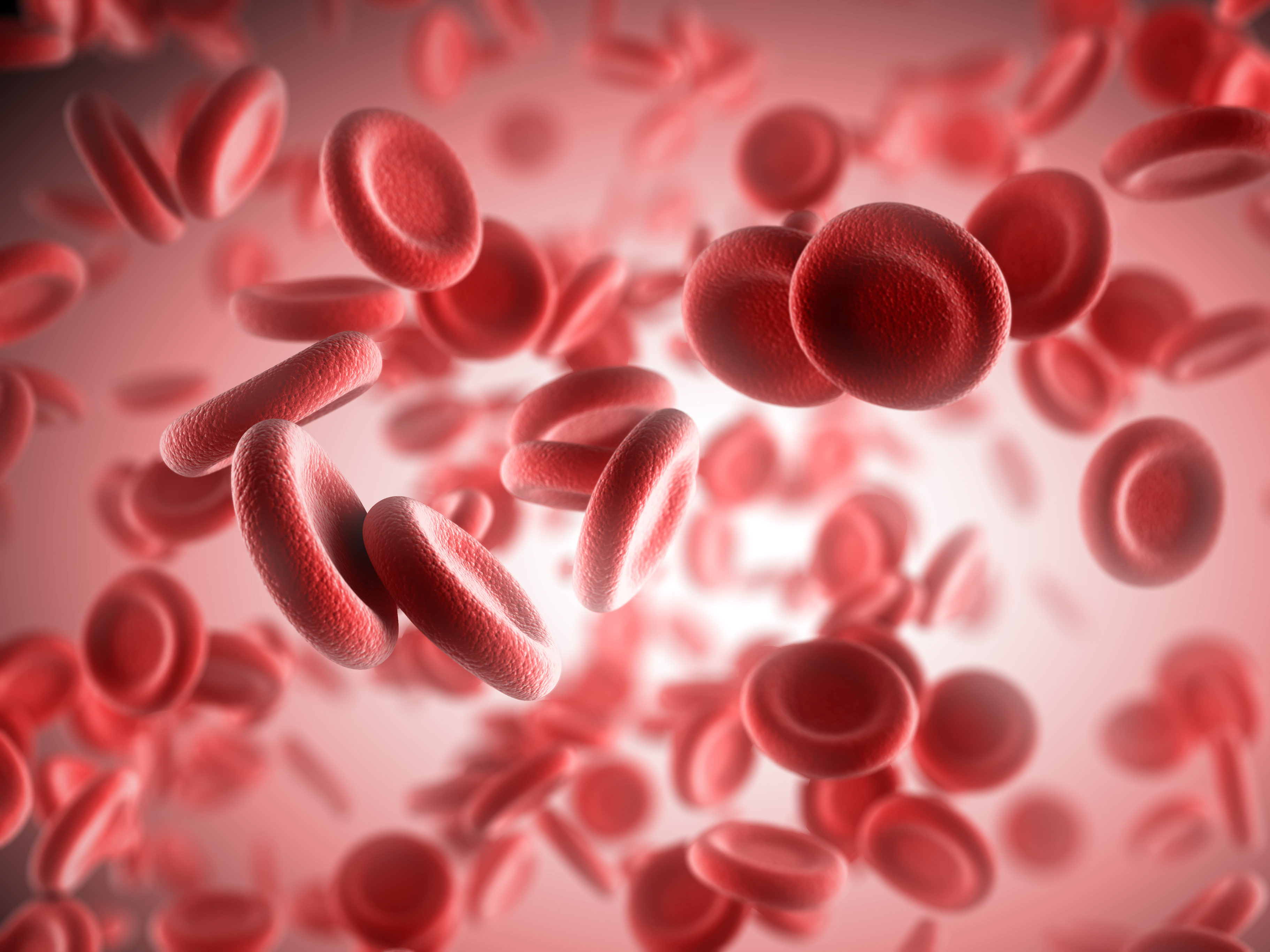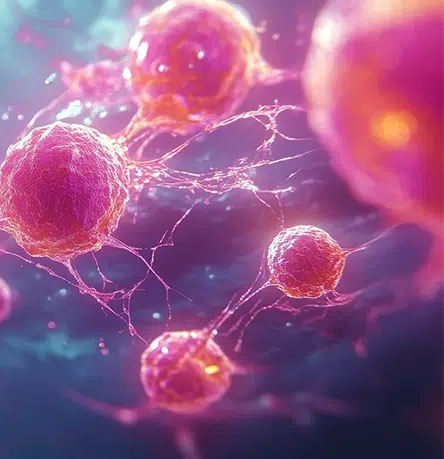
Investigators, clinicians, laboratory technicians, clinical research professionals, nurses, and pharmacists from around the world gathered in Houston to share therapeutic advances for hematologic malignancies. Dr. Michael Trigg shares his thoughts and experience from the conference.

The American Society of Bone Marrow Transplantation (ASBMT) and the Center for International Blood and Marrow Transplant Research (CIBMTR) now convene for one combined international meeting: Transplantation & Cellular Therapy Meetings. This year, the meeting in Houston from February 20-24, 2019, attracted more than 4,000 attendees, and 700-plus abstracts were submitted for oral or poster presentation or for publication in the proceedings of the meeting.
Four major areas of focus included the following:
- Methods to ameliorate the cytokine release syndrome (CRS) and the neurotoxicity (NT) associated with CAR T cell therapy. Presenters provided updates to the data on the outcomes of the patients who have been treated along with the estimates for the various completed trials as to the number of patients who were evaluated for enrollment but never enrolled. At this time, it is impossible to adequately cross-compare the different methods of manufacturing of the cells with the outcomes, but the outcomes appear to be reasonably comparable across the various studies for the same liquid malignancies. These are not the only toxicities that are seen in the short- and long-term follow-up of these patients, but clearly, they are the most troublesome. The etiology of the neurotoxicity is not well understood. Use of natalizumab, siltuximab and tocilizumab were reviewed as already-approved compounds that can ameliorate many of the symptoms of the CRS and NT associated with this adoptive cellular treatment. Methods are underway to manufacture an off-the-shelf product that may be useful for anyone and for any malignancy.
- Although the Hopkins method of post-ablative therapy cyclophosphamide to minimize the acute GvHD post-allo transplant seems to have caught on for most transplant centers, it is not entirely universal. Many transplant centers continue to pursue their own protocols in an attempt to minimize the GvHD that occurs and preserve the innate immune system to provide infection prevention and to provide the graft vs malignancy/leukemia effect. The pace of immune reconstitution and the incidence of viral infections related to this pace of recovery also were the subject of several presentations.
- Use of transplantation for non-malignant disease focused on sickle-cell disease with matched sibling donors. The emphasis of this major pediatric session was not on selection criteria of patients for this procedure, which is still not well defined in terms of timing and patient condition, but rather on the outcomes in terms of chimerism and graft failure. Graft rejection appears minimal to nonexistent with current preparative regimens for minimal manageable chronic GvHD. However, what remains to be studied are the levels of chimerism that result in amelioration of the SS signs and symptoms (level of chimerism that is protective) and the durability of the chimerism over time, knowing that in patients with aplastic anemia, the patient’s own stem cells have recovered over time.
- Use of stem cells from cord blood and haploidentical donors. Many presentations discussed current transplant results, particularly related to comparisons with the gold standards of outcomes with fully matched unrelated transplants and matched sibling transplants. For many centers, cord blood use is a last resort, yet others are still using the Minnesota approach of combining several cord blood sources to facilitate stem cell “take” and engraftment. Haploidentical transplant results presented from a couple select centers appear to have controlled the rates of graft rejection and minimized the rates of acute GvHD. These results are not universally achieved in all centers, making it difficult to make across-the-board recommendations on the methodology of graft preparation, preparative ablative therapy, and post infusion GvHD prophylaxis.
Considering that the ASBMT meetings used to draw only a few hundred attendees more than 20 years ago, it is possible to appreciate the explosive draw and application of these therapies for a variety of hematologic malignancies.


